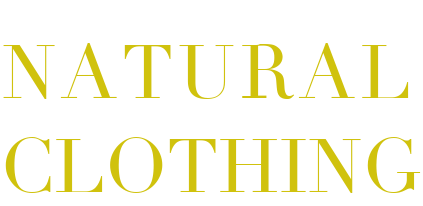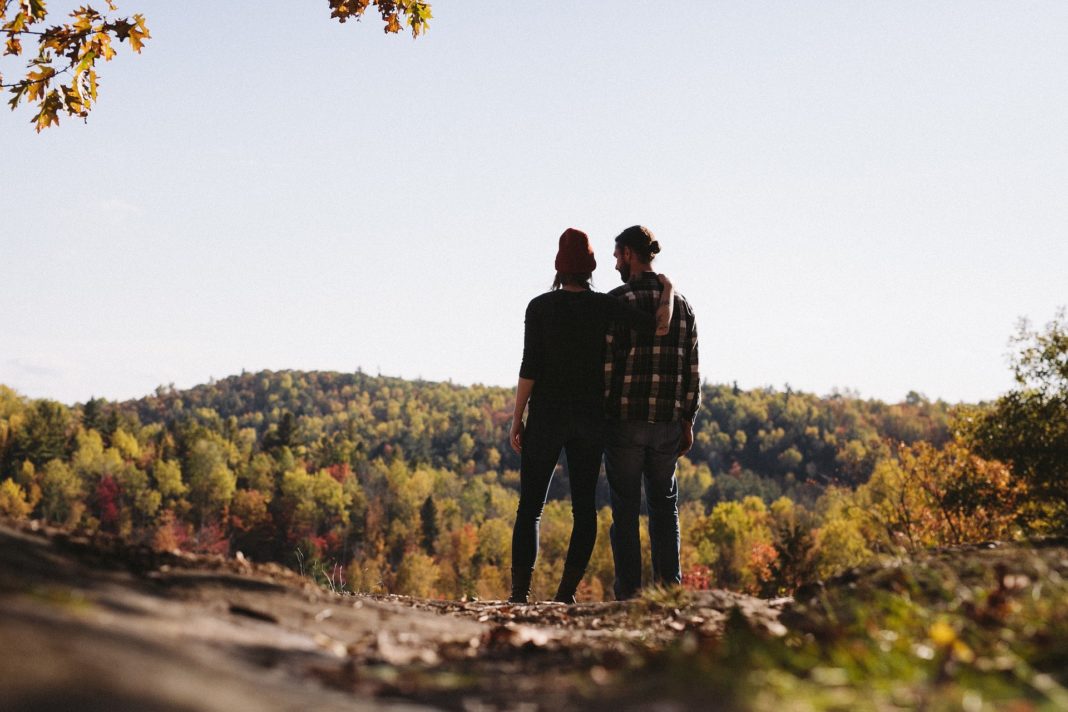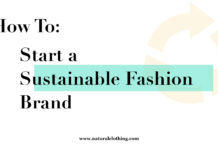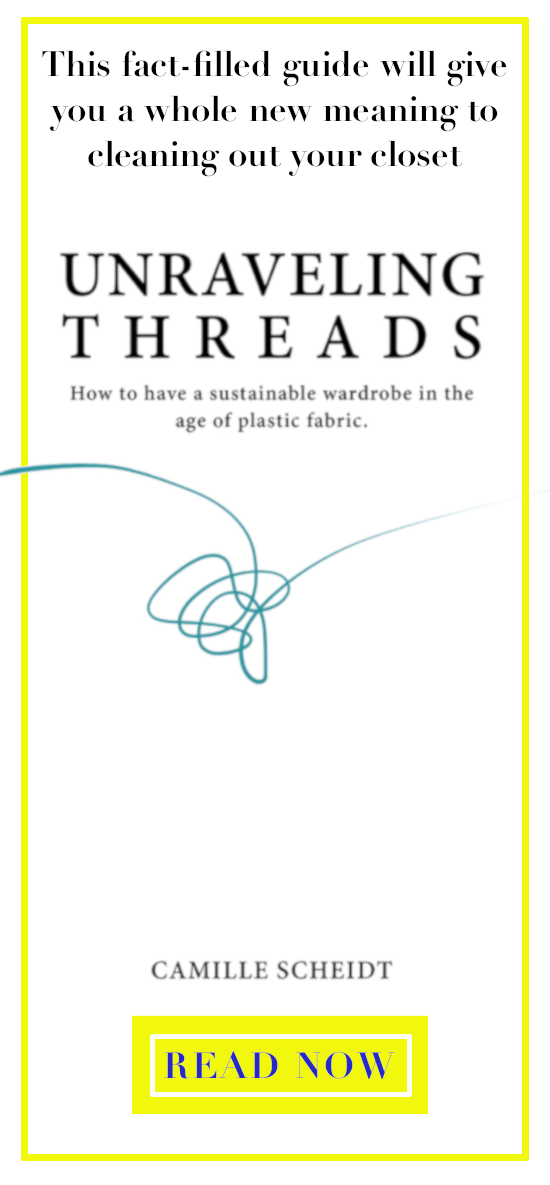Ok – so let’s do this. Let’s go natural.
It might seem daunting at first, but it’s actually easy! And we’re here to help you along the way. Soon enough, you’ll also find that buying lasting, quality pieces will simplify your wardrobe’s upkeep and you’ll be scrambling to buy a new shirt, dress, or entire outfit far less. Oh – and you’ll be saving money and the environment.
step one
First, don’t purge! We’re not suggesting you go to your closet right now and pitch anything that’s synthetic fabric. That defeats our aim to decrease disposability and reduce waste. We’re already averaging 70 lbs of clothes thrown away per year per person. And you might really like some of those polyester pieces! So wear them as long as you like. We want to make sure products are used through their entire product lifespan.
But do a quick sweep through your clothes and just notice the differences. Check out which pieces you’ve had problems with pilling, which ones just retain odors no matter how many times you wash them or soak them in vinegar or whatever tricks you might throw at them. You’ll probably find that it’s the natural clothing that isn’t pilling or faded, washes well, and you’ve had the longest. (If you’re wondering how to find out what your clothing is, check out the care tag. It’s usually a little tag sewn into the bottom left side of the garment, or sometimes it’s located up in the neck or waistband. This will tell you how to take care of your clothing, what it’s made of, and where it’s made.)
While you’re doing the quick inventory, if you realize there are pieces you want to toss, consider resale. If they still have time left in their product lifespan, they can still benefit someone. There are now quick and easy resale and consignment programs, like Tradesy, Poshmark, and Crossroads. And of course there may be a local consignment store near you. Or, if you want a little more control over what you get in return for your old duds, there’s always eBay. This way, you can earn a little cash to put towards your new (or previously owned) natural threads! If resale isn’t in the cards, check out our post here, on the best places to recycle and donate clothing.
step two
Start with the basics. One of the best ways to make lasting habits is to start small and simple. Also, we think one of the ways you’ll see the biggest improvement in your natural clothing wardrobe is the smallest and most basic. Your undies! Yep, we’re going to talk about ’em. Because if you don’t think your nether regions are one of the most important places to be odor free, breathable, and sensitive, then you’re a monster. Your underoos are also a great place to make a smaller wardrobe investment.
Other great basics to start with are tees and socks. And don’t forget socks! They’re often an overlooked part of our wardrobes. They shouldn’t be – a lot of us wear socks 10+ hours a day, every day. Socks are also on one of the most odor producing bits of our bodies (our feet) and come between our bodies and a piece of clothing that is seldom every washed (our shoes). Gross!
T-shirts are a good starting point because we wear them in high-performance and long lasting activities. Don’t forget the stinky bacteria t-shirt study. So whether you’re sleeping, lounging, or working out in your t-shirt, you probably want to be clean and odor free.
Some of our favorite natural basics come from PACT. They have organic basics for men, women, and babies. But be careful – if you get a pair of their long-johns, you might want to leave the house in them. Marine Layer is another great spot for basics – and a company that may help you graduate from the basics. They have beyond the basics for men and women including swimwear, sweaters, dresses, and jackets.
step three
Do your research. Just kidding! We did it for you. You can find fun, scary, and enlightening fabric and fiber facts all over this site. And if anything is still unanswered, please ask. We’ve also reviewed some of the best places for you to shop. And if you’re wondering about the social and environmental impact of a store we haven’t written up yet – write in and ask us! We’ll check them out for you and include them in our next set of reviews.
step four
Next time you buy, buy natural!














